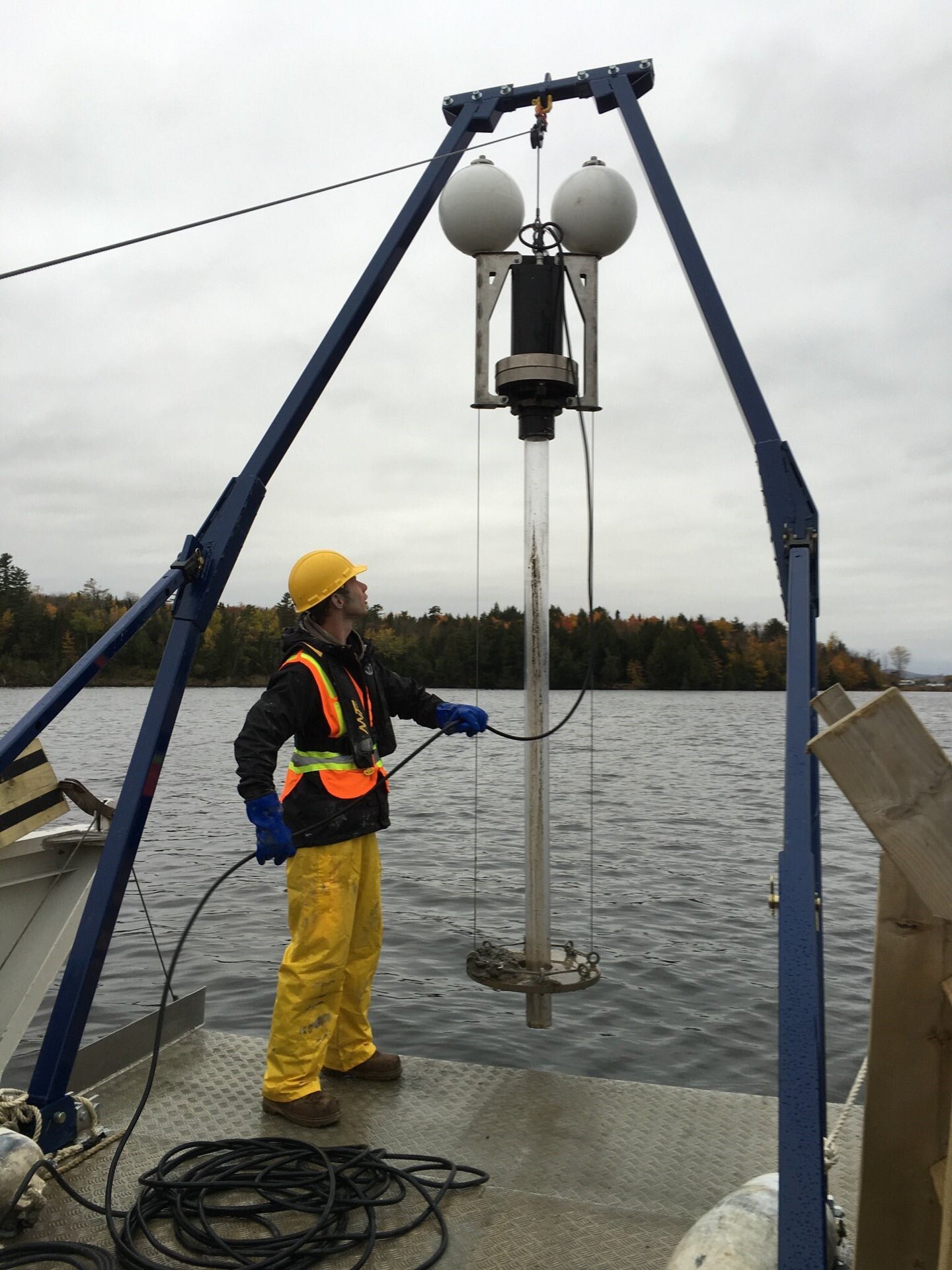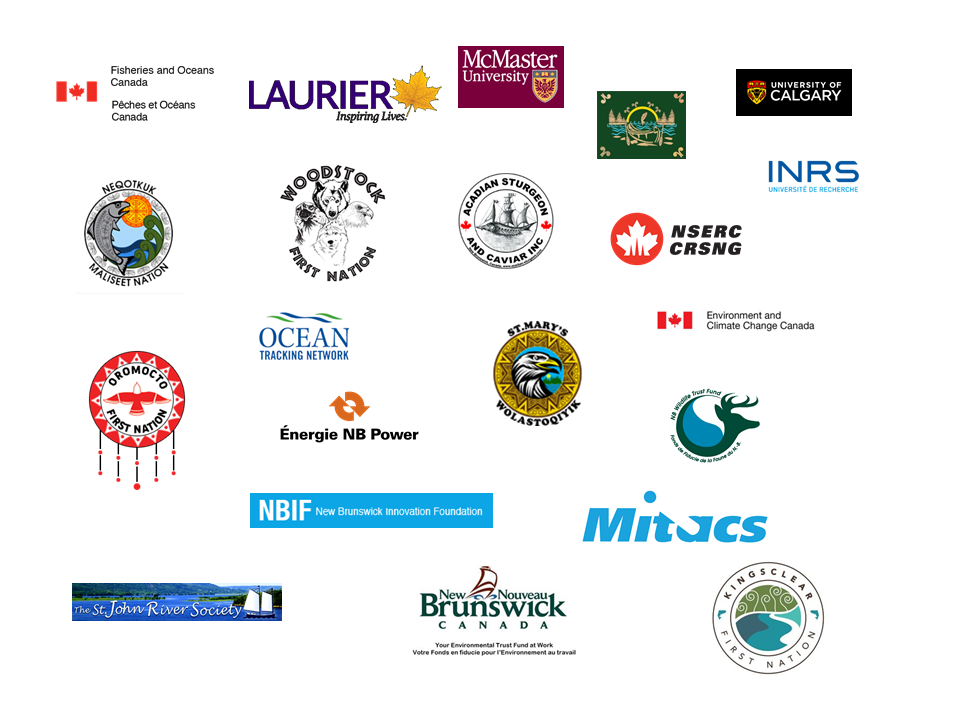MACTAQUAC AQUATIC ECOSYSTEM STUDY
about maes
The Mactaquac Aquatic Ecosystem Study (MAES) is a planned, whole-river ecosystem study of the Wolastoq | Saint John River in New Brunswick, Canada. It began and continues with a multi-year assessment of the structure and function of a large river ecosystem building baselines and environmental metrics leading toeffective environmental assessment, various modeled simulations of flow, sediment, temperature, and habitats, and assessments of fish passage at the Mactaquac Generating Station (MQGS) and other hydropower stations (view MAES reports on these themes here). A comprehensive study of a large river ecosystem of this scale is a global first.
MAES takes a phased approach to address the scientific challenges for the future of the MQGS and hydropower in the river. Now in Phase 2 (2019 - 24), MAES continues with:
(1) baseline assessments and metric building for an EIA to support Life Achievement
(2) development of an environmental flows plan for the river
(3) assessment of fish passage at facilities and cumulatively for the river
View more information about these themes here.
the mactaquac project
The Mactaquac Generating Station (MQGS), a 672 MW run-of-the-river hydroelectric facility, was constructed in 1968 on the main stem of the Wolastoq | Saint John River, New Brunswick, Canada and is owned and operated by NB Power. The existing facility is expected to prematurely reach the end of its service life by 2030, when the facility will no longer be operational because of an alkali-aggregate reaction with the concrete. From 2014-2016, NB Power underwent an intensive and public review of renewal options and decided on refurbishment of the existing facility (The Mactaquac Life Achievement Project, or “MLAP”) as the preferred option for the future of MQGS in late 2016. The objective of the MLAP is to ensure that the station can operate to its intended 100-year lifespan with a modified approach to maintenance and adjusting and replacing equipment over time. Please visit the NB Power website for more information on the Mactaquac Life Achievement Project.
maes history
Phase 1
MAES was formed in 2014, as a collaboration between NB Power and the Canadian Rivers Institute, to provide the research necessary to support an informed, science-based decision for a preferred option under the Mactaquac Project. After the selection of the MLAP in late 2016, the scope of MAES was modified to focus on providing the science to support the conceptual engineering design of the MLAP and beging preparing for an Environmental Impact Assessment. MAES is a National Science and Engineering Research Council (NSERC) Collaborative Research Development (CRD) and as such receives matching federal funding for the contributions made by the Industry Partner, NB Power.
Phase 2
MAES continues to build upon the science developed during Phase 1 with an increased emphasis towards advancing the fish passage engineering design of MLAP and with an increased focus of the science in support of the undertaking of an Environmental Impact Assessment and subsequent environmental regulatory requirements. MAES continues in Phase 2 as an NSERC CRD.
MAES News
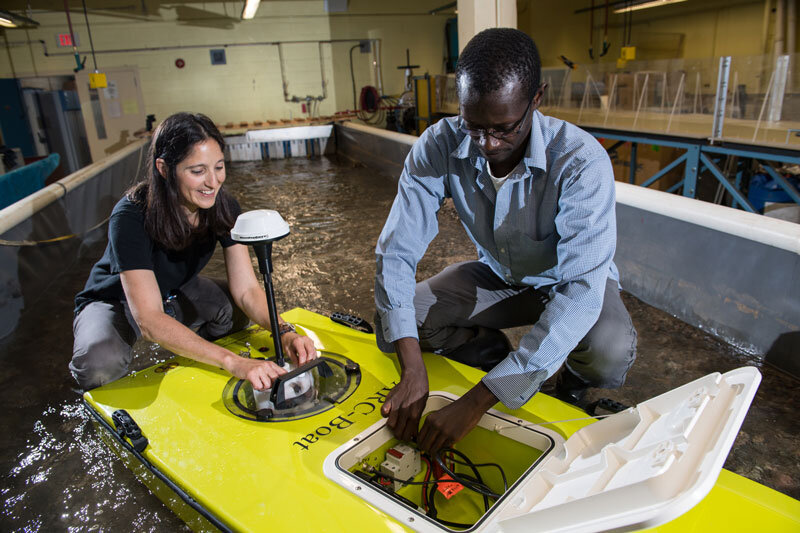
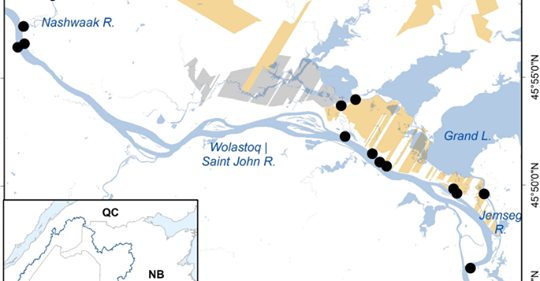
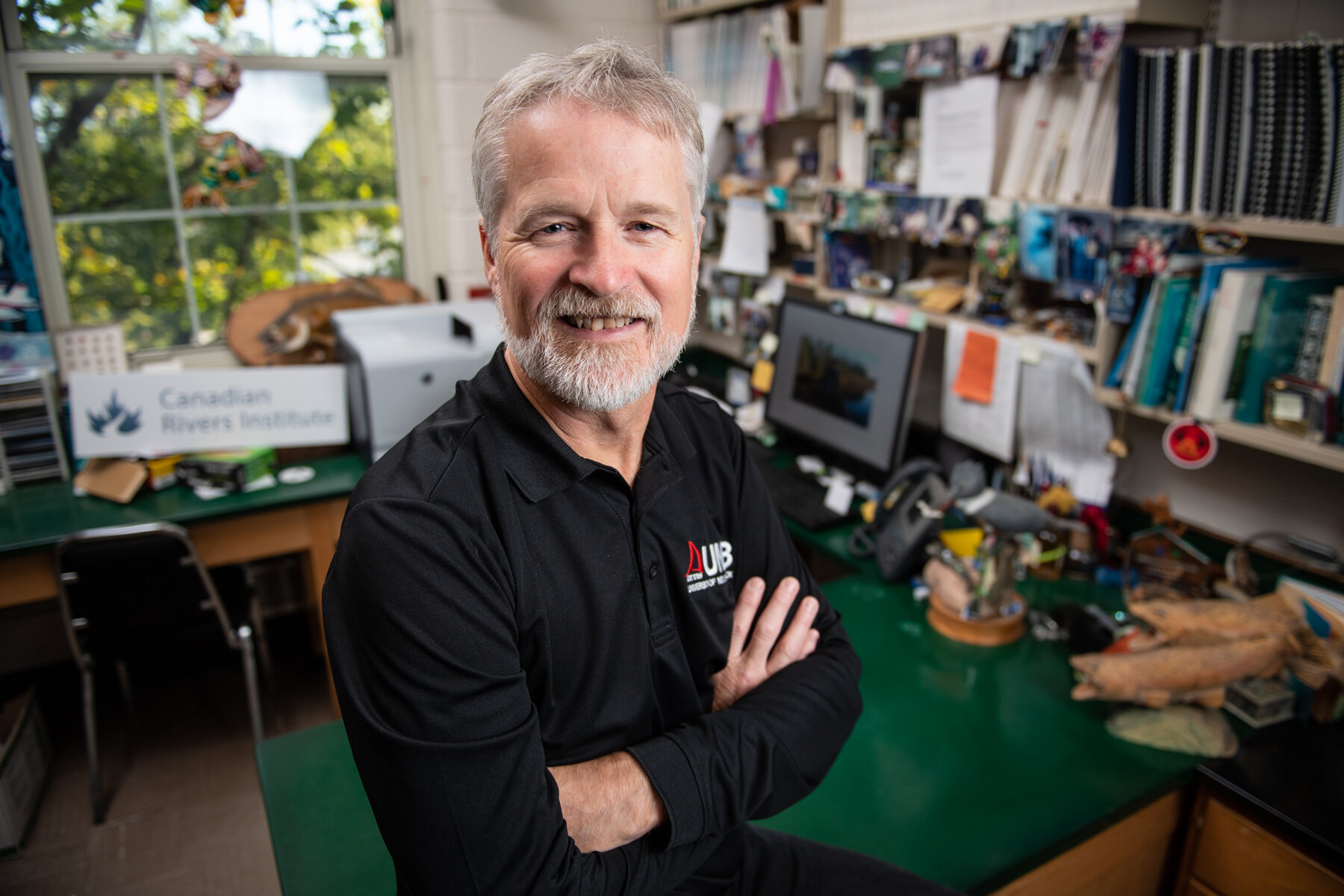
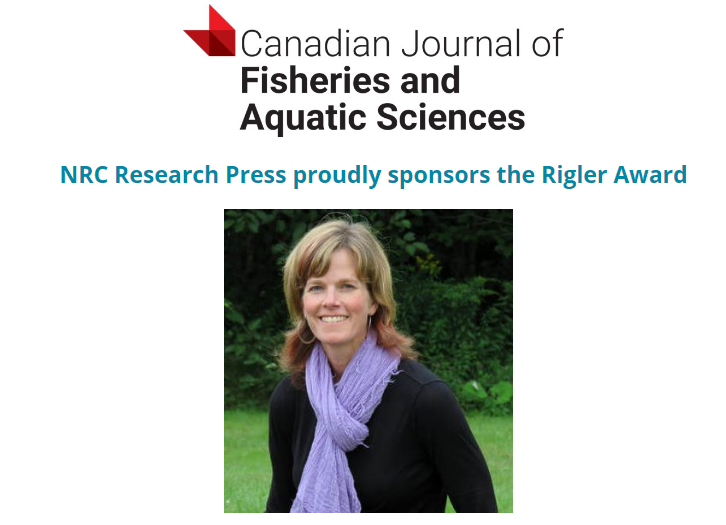
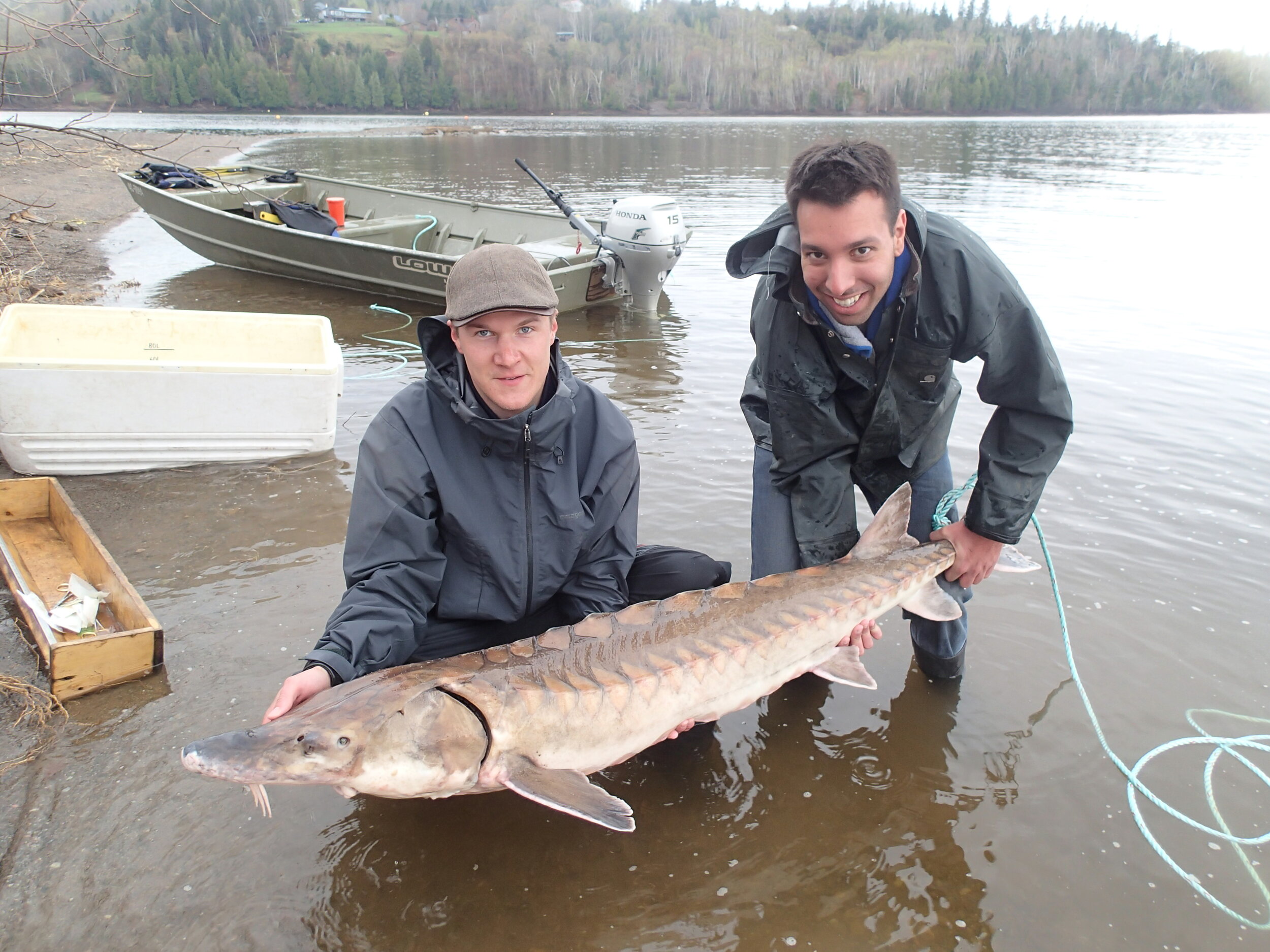
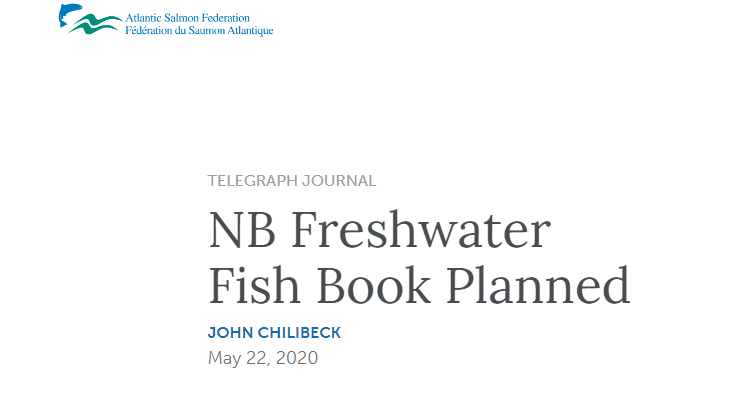
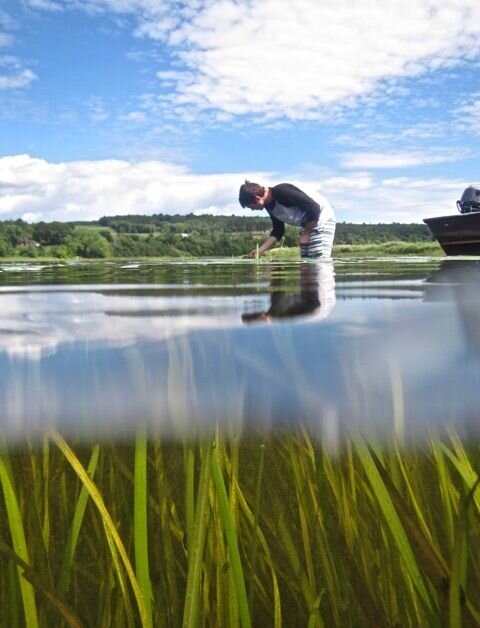

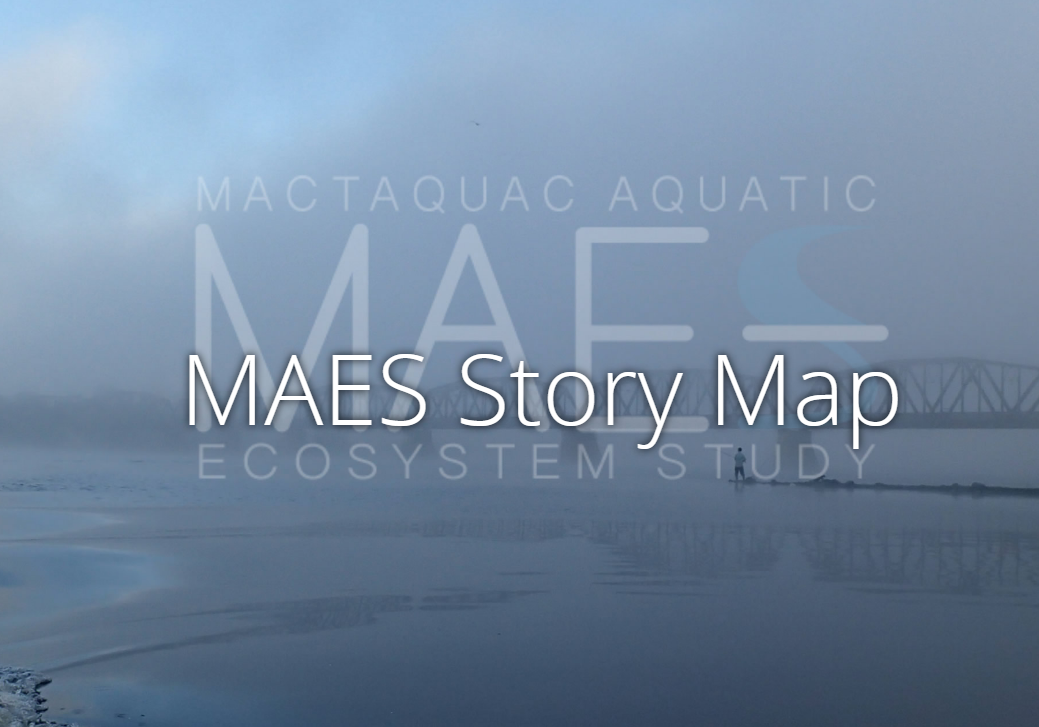

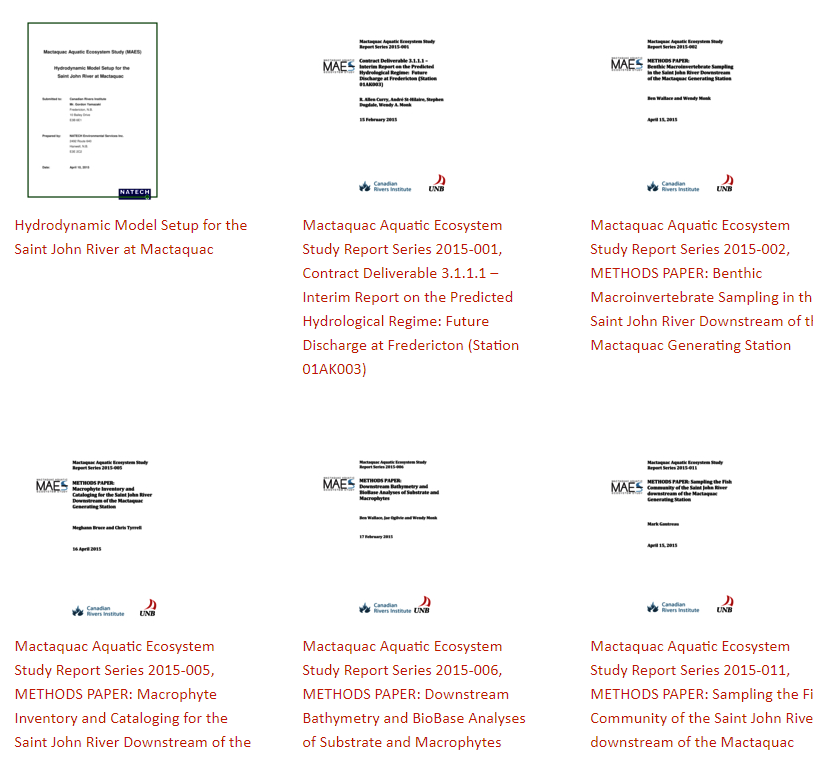

This project could not take place without the valued financial contributions from and partnerships with the following organizations:




